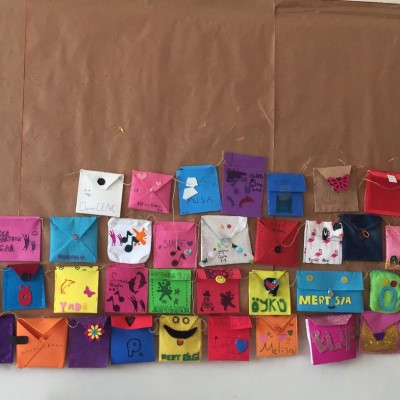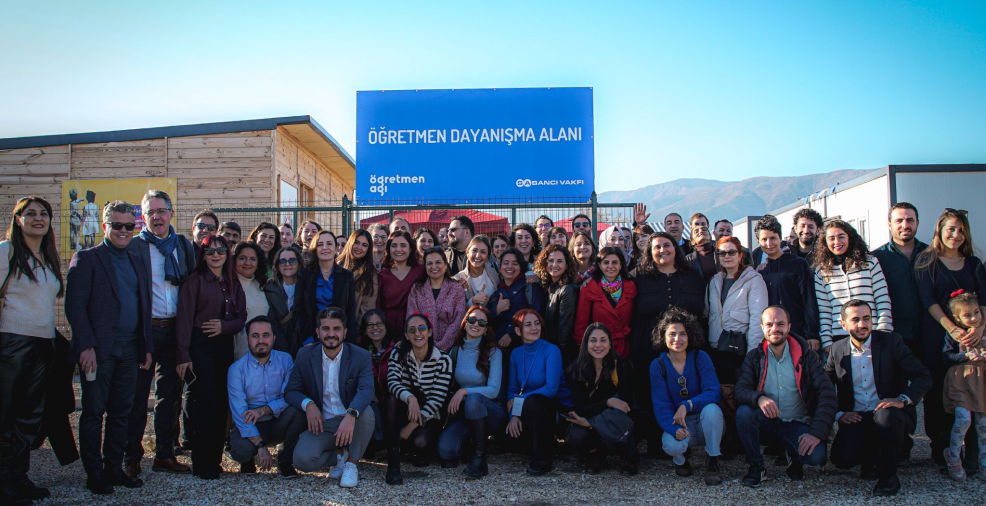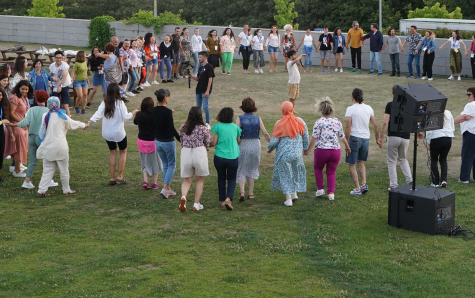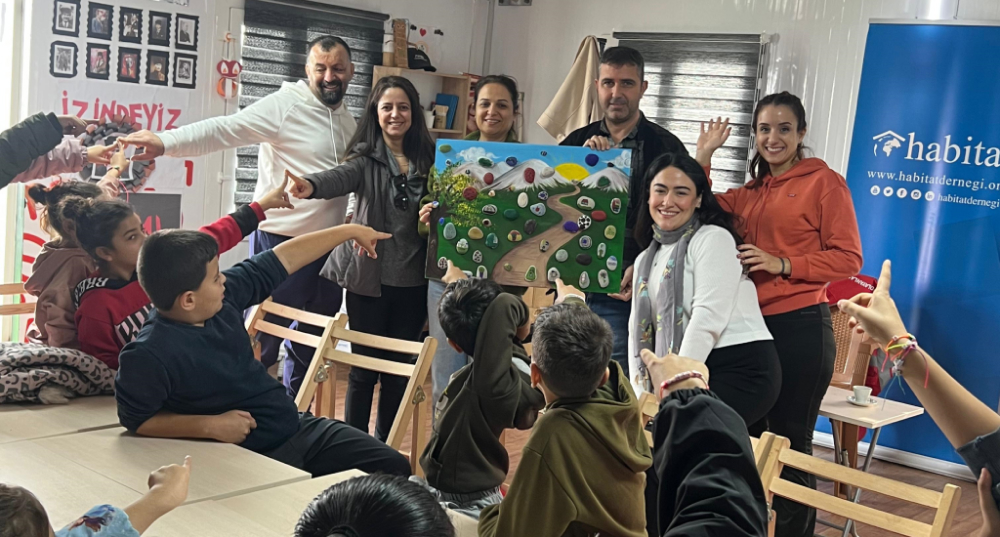What was the Problem?
Children have a rather limited feeling vocabulary to express their feelings in their daily lives, which prevents them from realizing what they and their peers feel. The low awareness of feelings, in turn, increases peer bullying in schools. So, "How can we ensure that students are visible as individuals with all their feelings?"
Solution
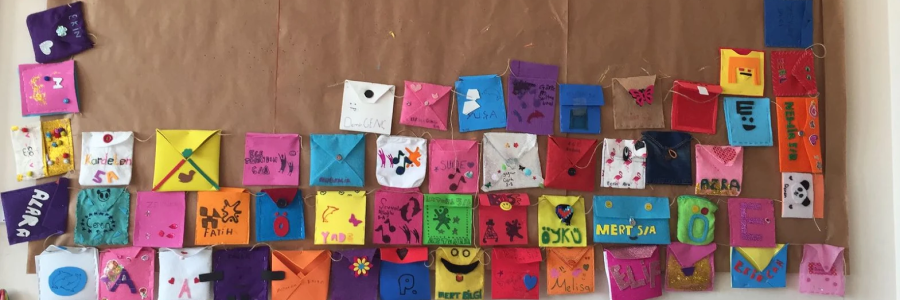
In the problem-solving process where design-oriented thinking methodology was applied; it was observed that the students who do not feel accepted with their positive and negative feelings have difficulty in expressing their feelings, so they became a party to the bullying. In other words, students feel "invisible" when they cannot express themselves. In order to prevent this feeling in children, "Emotion Wall" was developed which allowed students to express their feelings freely during the day.
One of the walls of the classroom is allocated for the students to express their feelings. On this wall, all students hang an envelope on which they have written their names. These envelopes can also be designed by students. At the end of each day, the students write the feelings that they felt on that day on a piece of paper and throw them in the envelope. The drawing method can also be used to express feelings in different grades.
At the end of each day, the teacher collects and reads the papers from students' envelopes. If there are situations that require close-up or assistance, the teacher takes action. When common problems begin to show up, or if there are major problems within the classroom, on the last day of the week, teachers and students talk about those issues. At the end of the day, students use a new way to reach their teachers and to express themselves.
Its Effect
In this process, it was observed that the children expressed their feelings in more details rather than saying just "I'm fine" or "I'm not fine".
Not only did the teachers discover different characteristics of the students, but also the students discovered different characteristics of themselves and the communication between the students changed in a positive way. A decrease was observed in the complaints related to peer bullying.
Contributors
Gökhan Atik (Turkish Teacher), Cüneyt Çolak (Psychological counselor), Hatice Alabay (Religious Culture and Moral Knowledge Teacher ), Esin Yılmaz (Social Studies Teacher, Berkay Arslan (Classroom Teacher), Serena İnanır (Mathematics Teacher), Ceren Bıyıkoğlu (Turkish Teacher)


